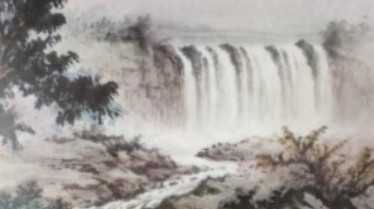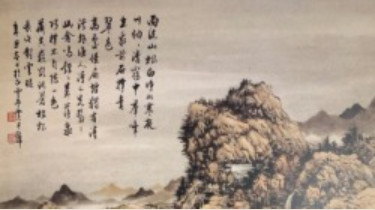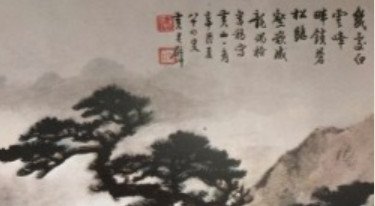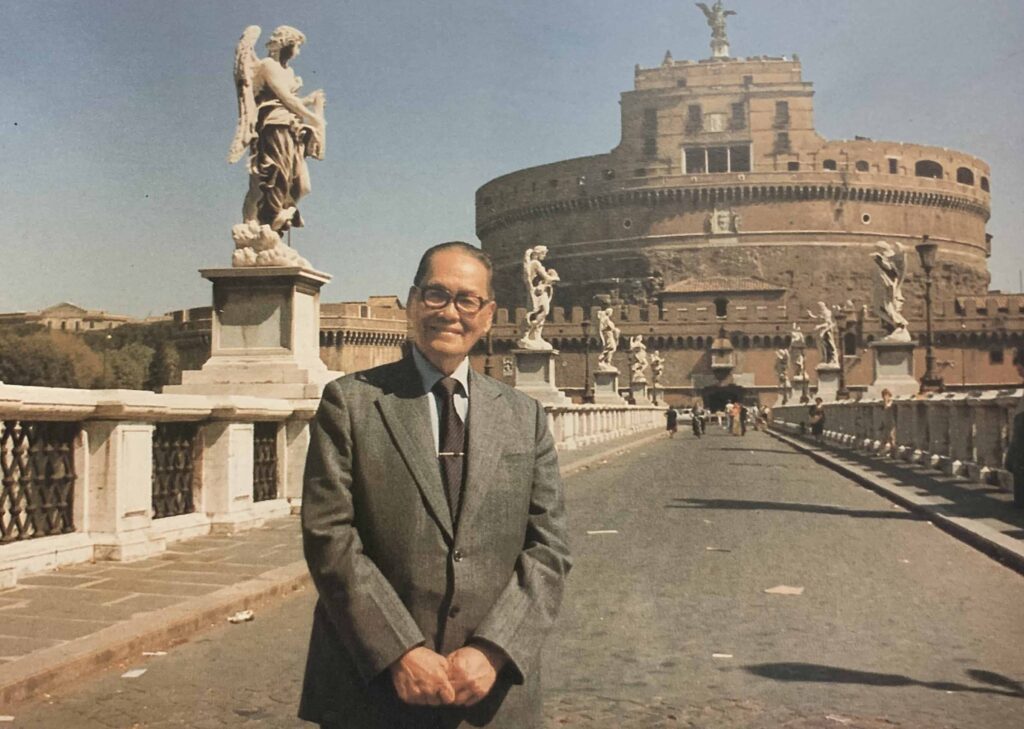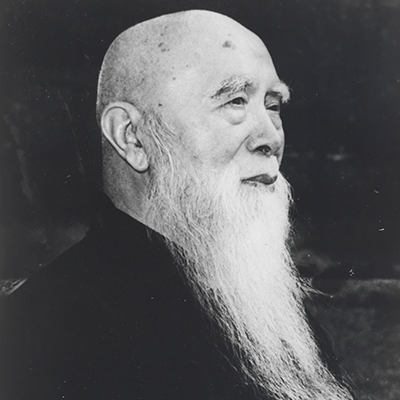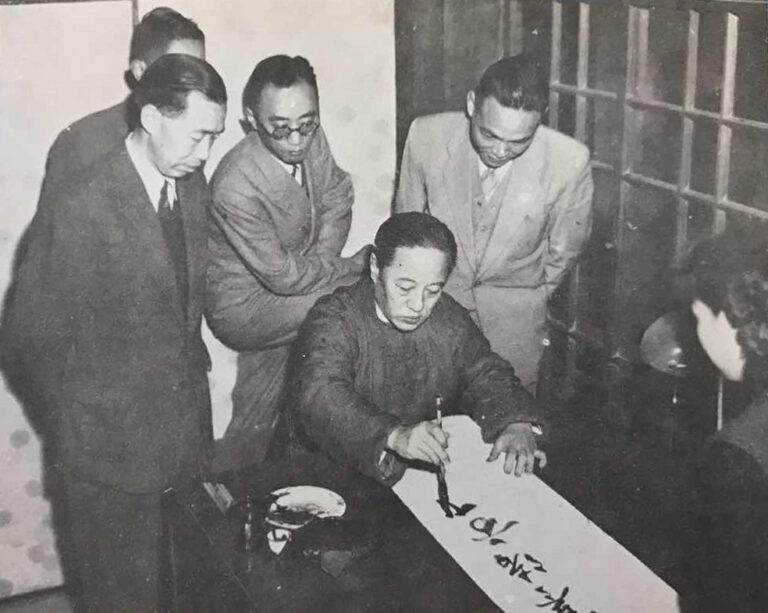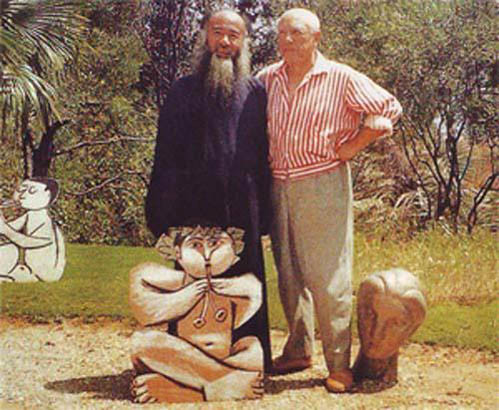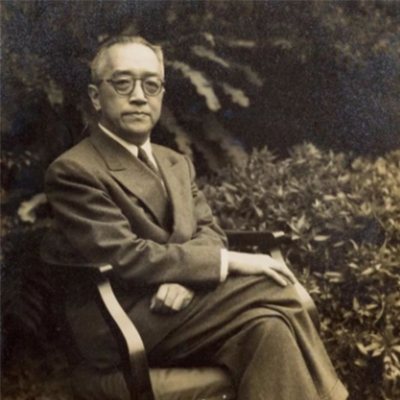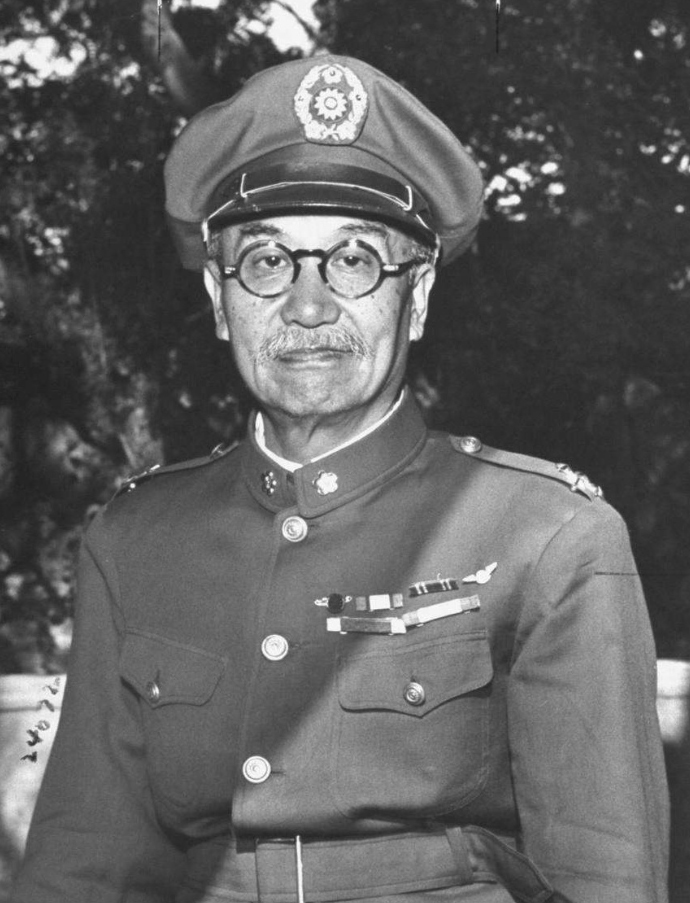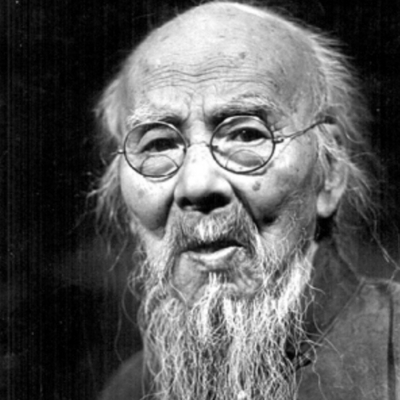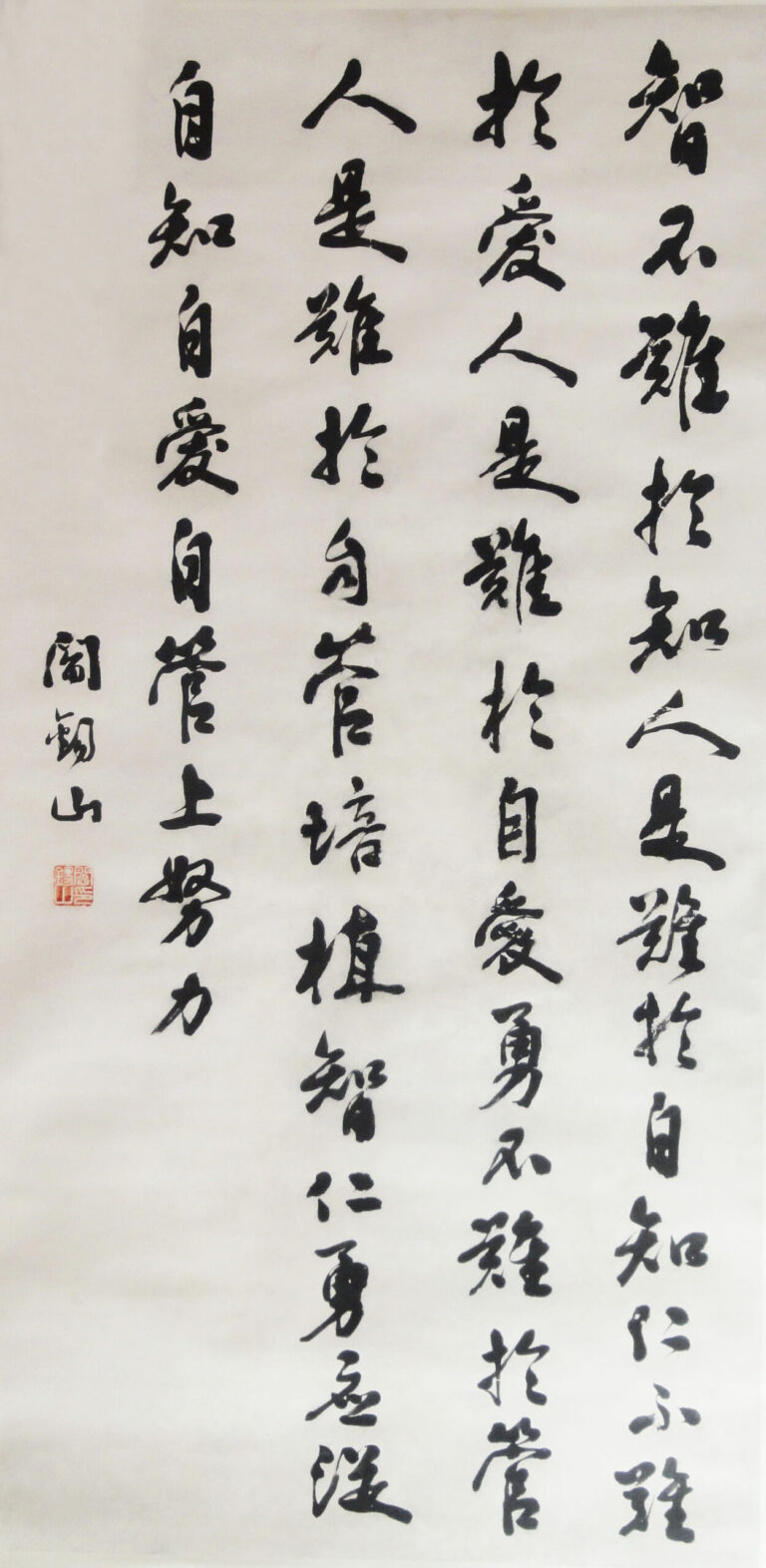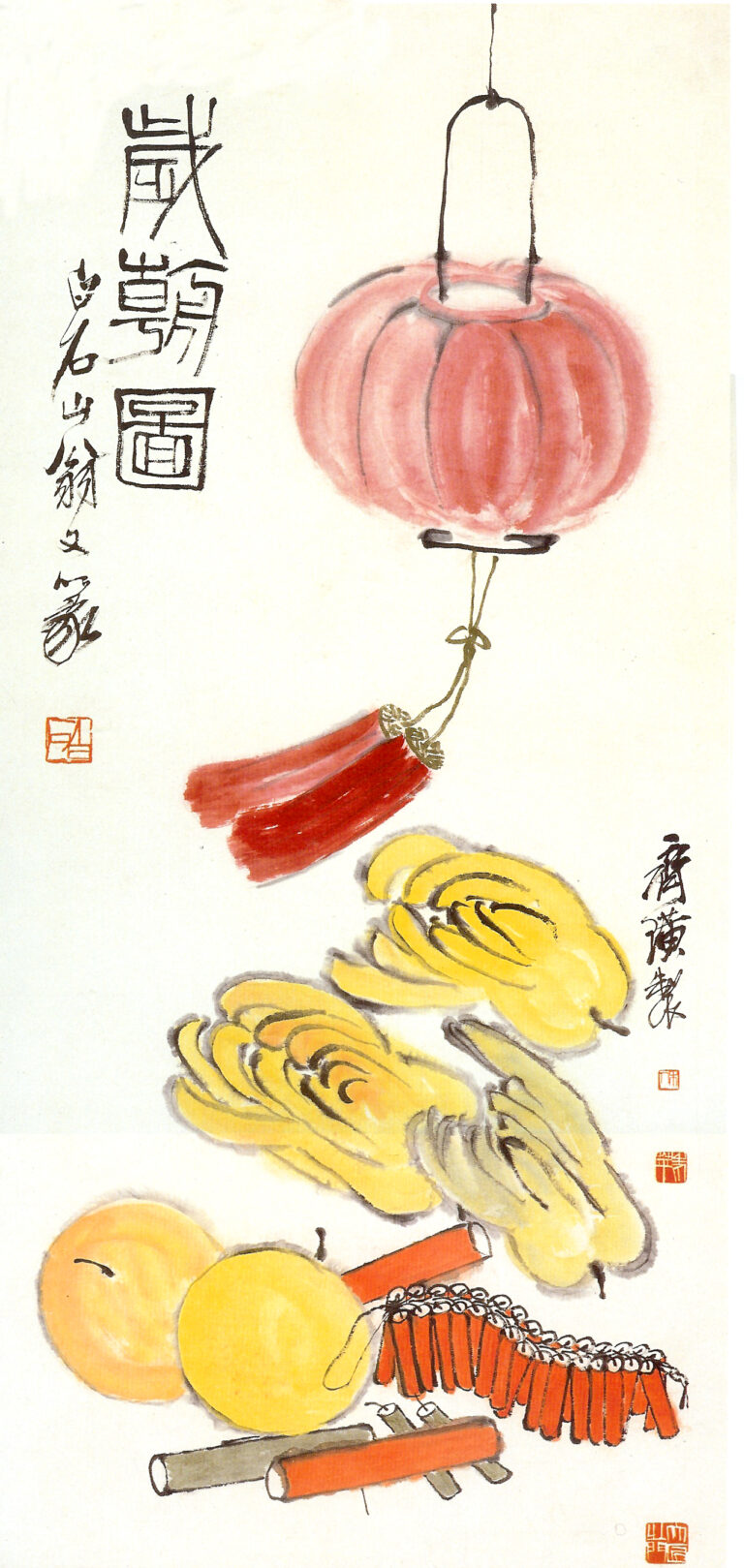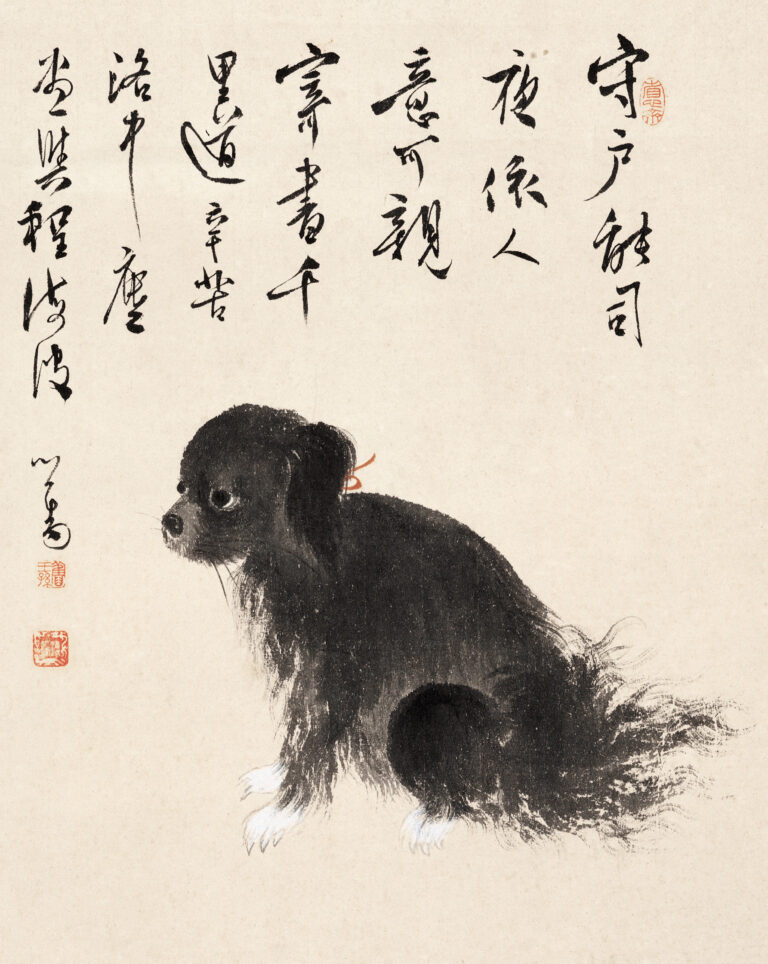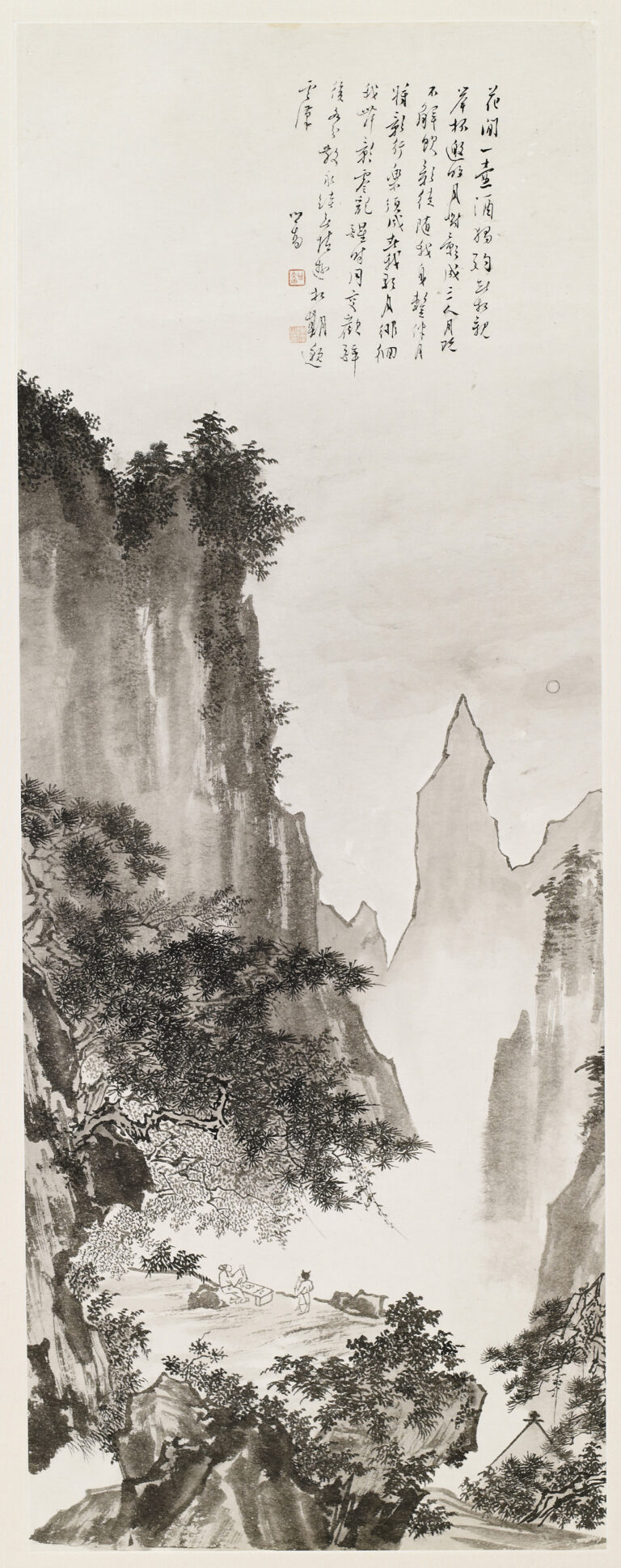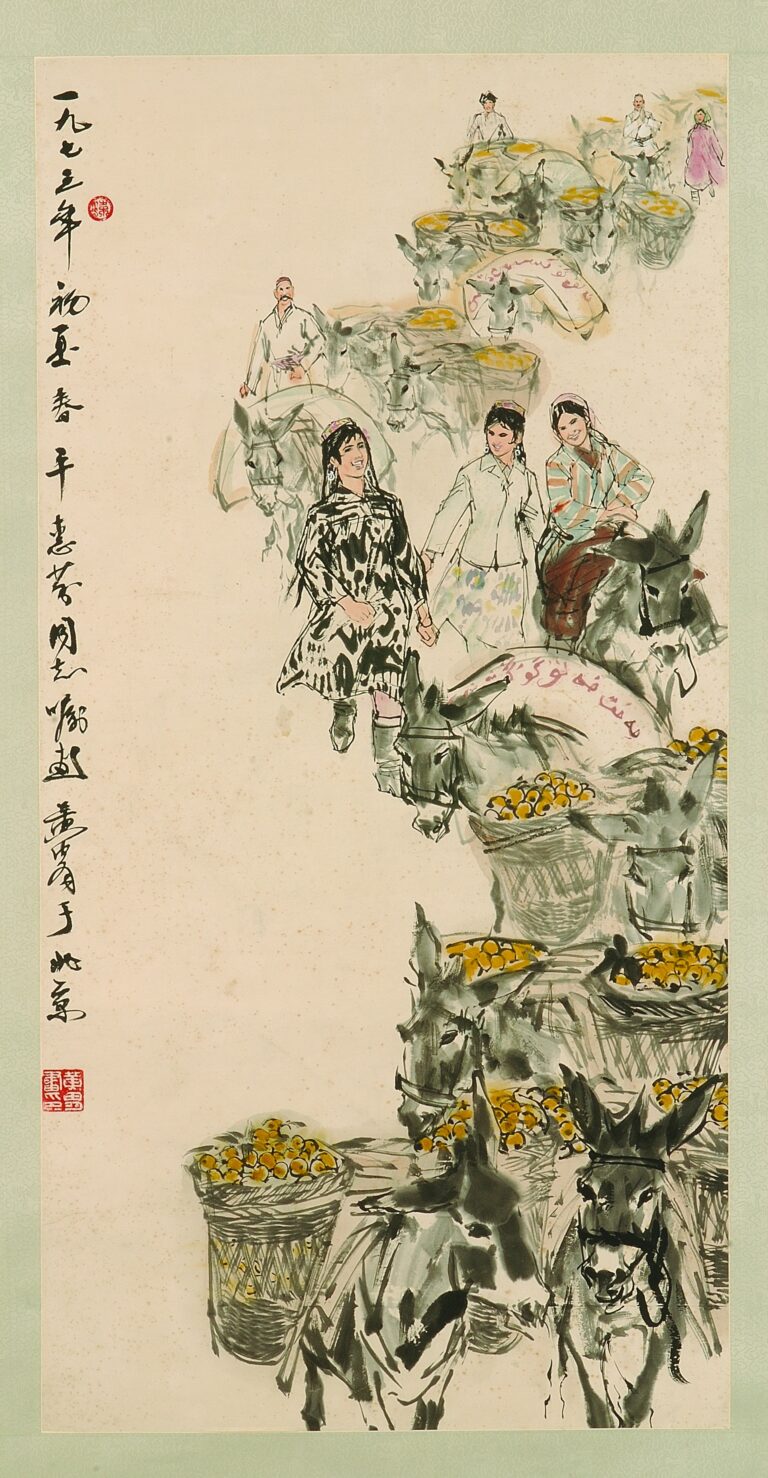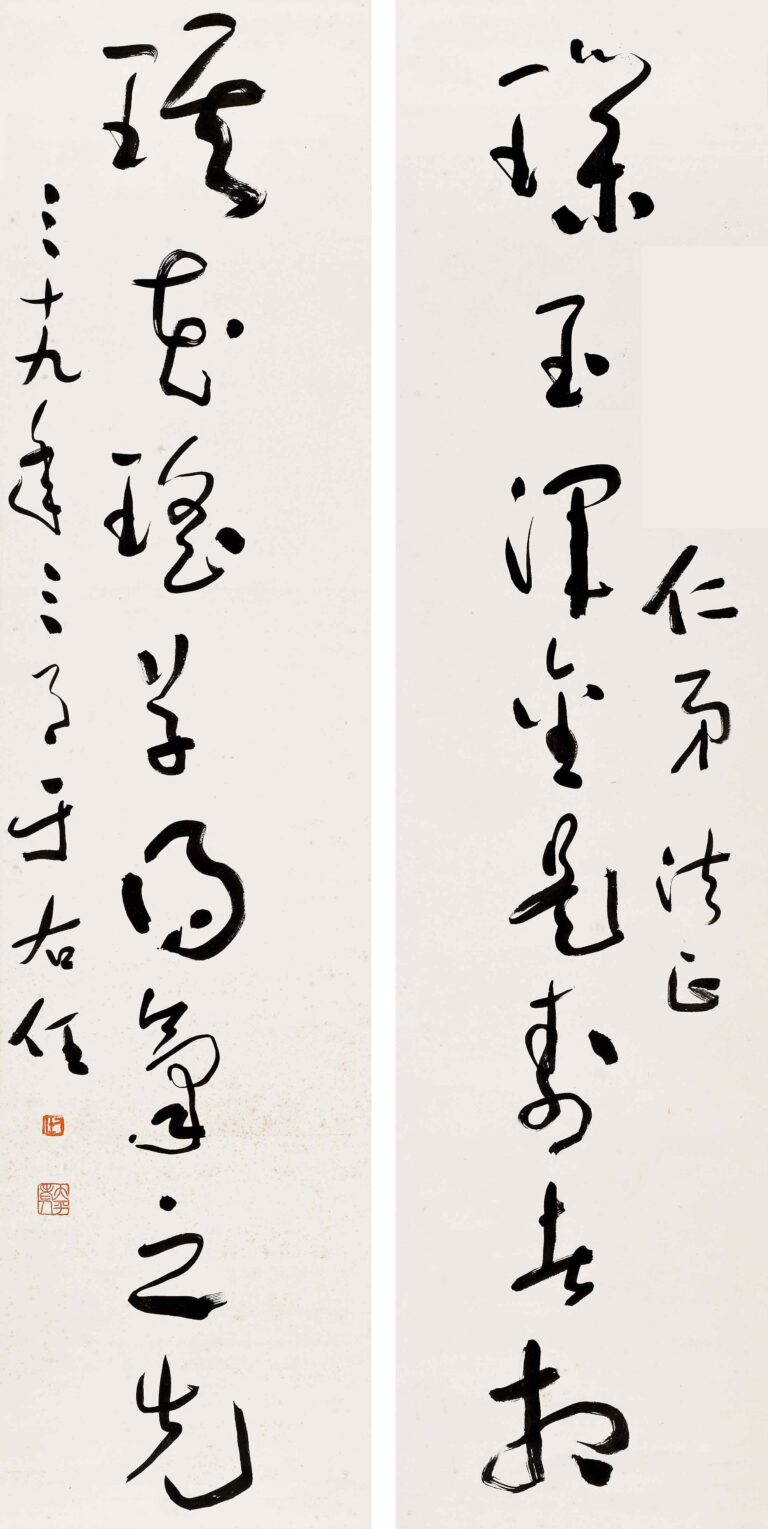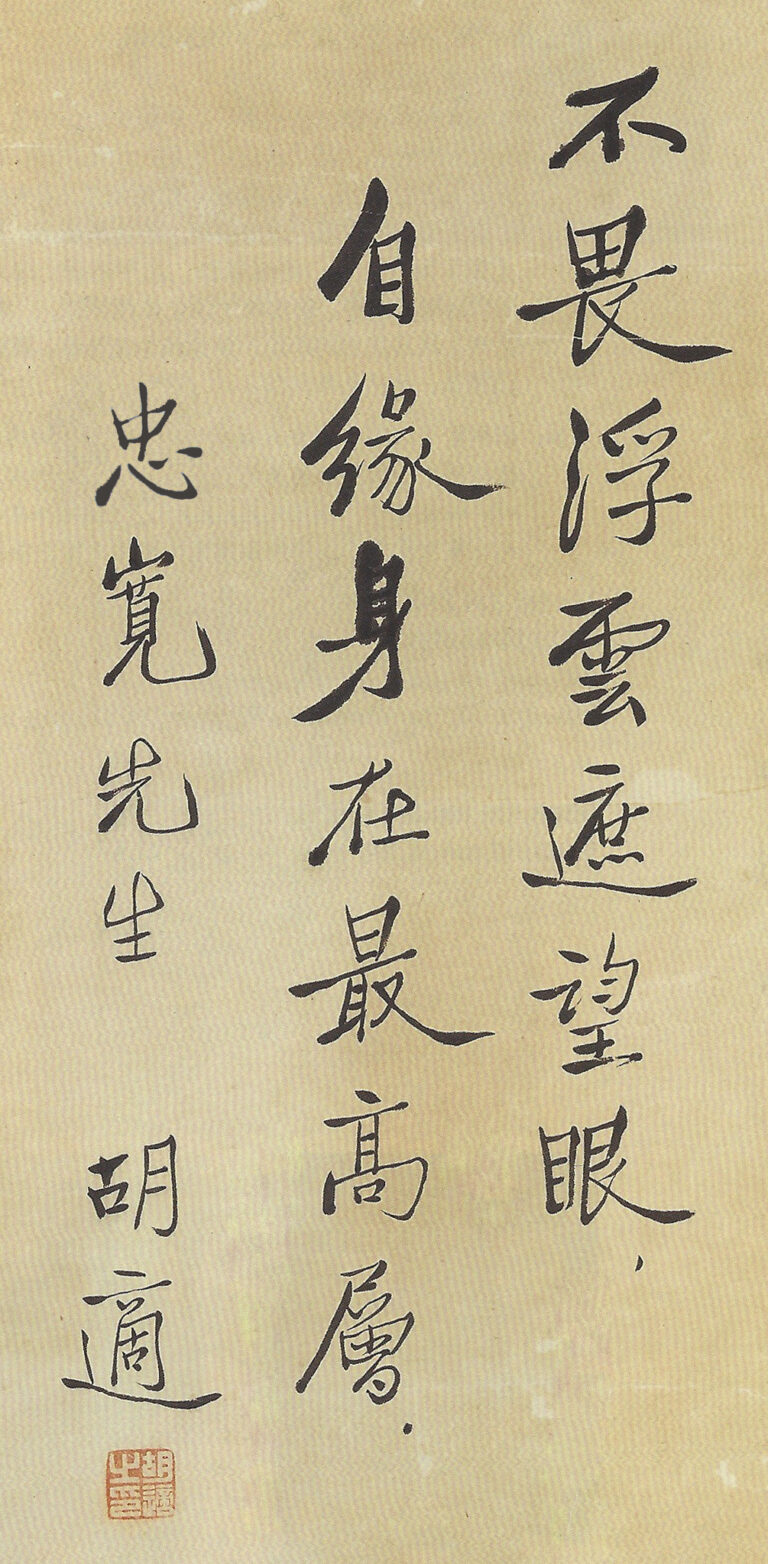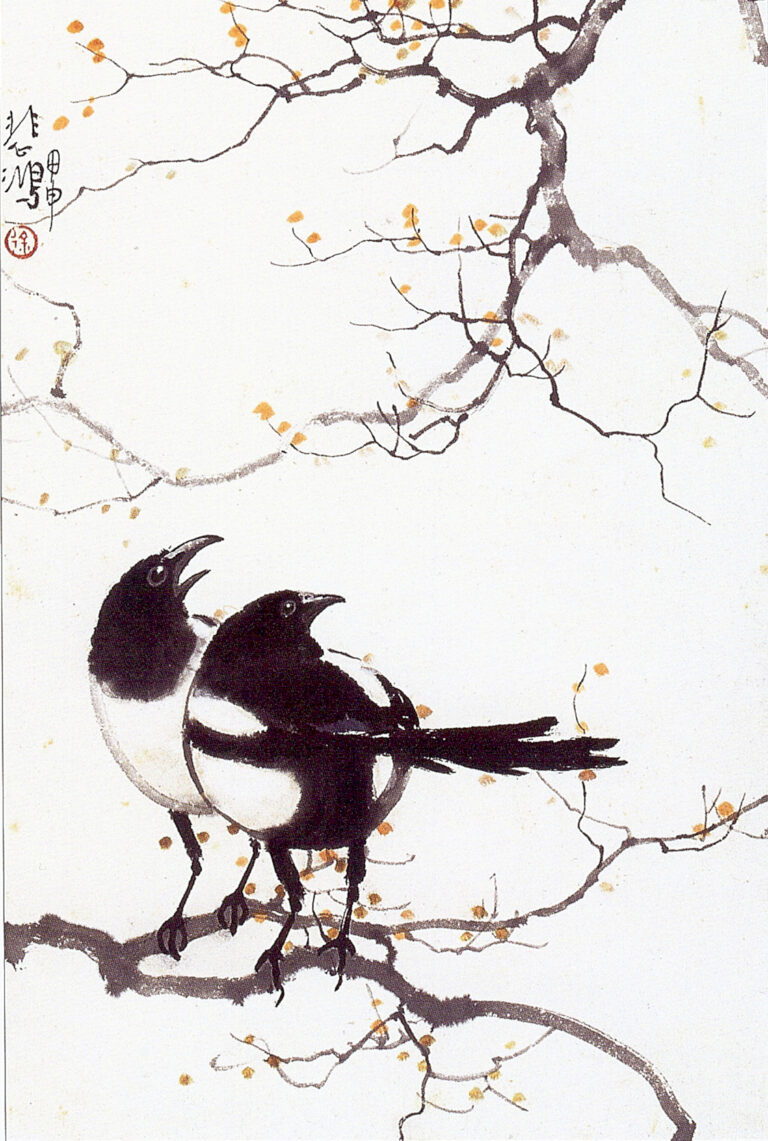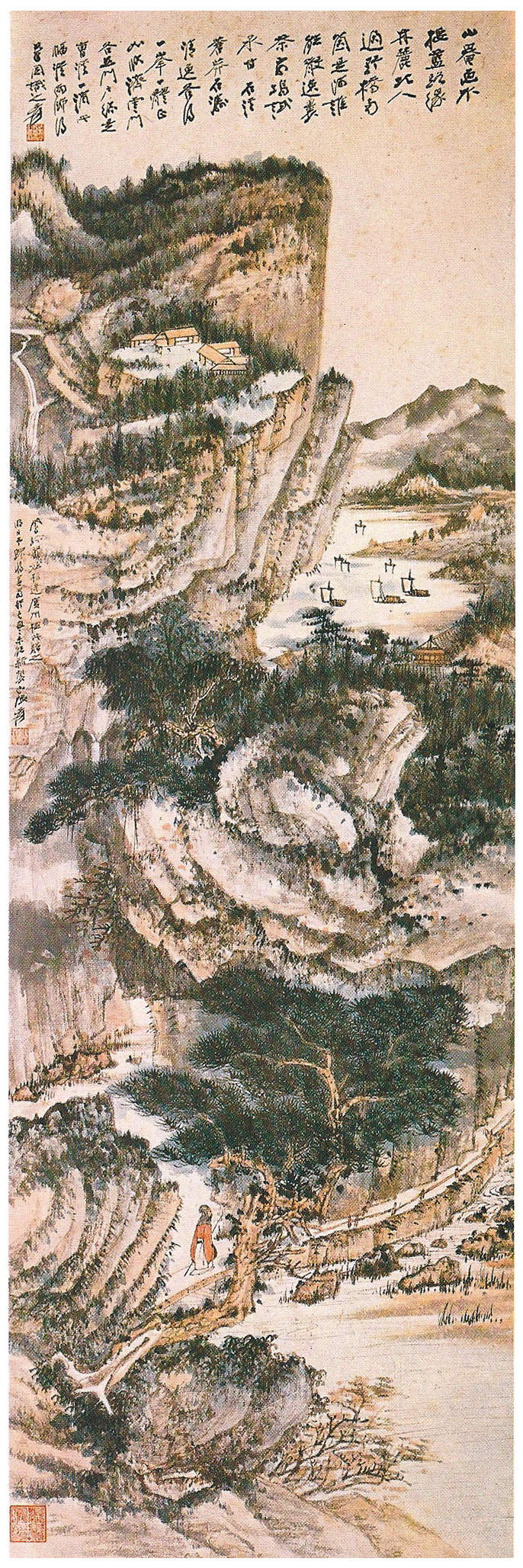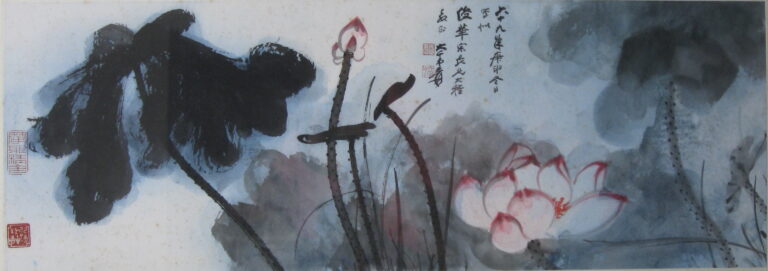1. Mo Xiang carries childhood: Early Growth and enlightenment (1898-1919)
Huang Junbi was born in Guangzhou, Guangdong (Xiqiao, Nanhai), with family roots. His father admired Xun Gong's collection of antique calligraphy and painting and valued traditional aesthetics. He entered a private school at the age of 6 and was admitted to the Fine arts Department of Guangdong Public School at the age of 16. He studied Chinese painting and Western painting under Li Yaoping, combining ancient and modern techniques.
After graduating in 1919, he joined the Guangfu Art Circle and studied Western painting at the Chu Ting Academy of Fine Arts. In 1922, he participated in the Guangdong Provincial Exhibition and won an award in one fell swoop. Since then, he has started his creative and teaching career.
2. Basing on Lingbiao: Teaching and Creation in the Guangzhou Period (1923-1936)
In 1923, he applied for a teaching position at Guangzhou Peizheng Middle School; in 1926, he served as the academic director of the Municipal Art College. He established the Guihai Cooperative Painting Club with a number of painters in Guangdong, which later developed into a Chinese Painting Research Association to promote the modernization of Chinese painting.
During this period, he sketched extensively in the Lingnan landscape, strengthening his traditional skills, with heavy pen and ink and magnificent weather. The artists of the same generation I met include Pan Zhizhong, Ma Gongben, Yi Daan, etc.
3. Integration of Ancient and Modern Times: Cross-border cooperation with Xu Beihong (1937-1948)
After 1937, Huang Junbi was invited by Xu Beihong to serve as a professor of the Department of Fine Arts and head of the Department of Chinese Painting at National Central University until 1948. During this period, he went deep into the mountains and rivers of the country, went to Guilin, Huashan, Yangtze River and other places to sketch, and drew creative inspiration from nature.
During the War of Resistance, he persisted in teaching and sketching in Chongqing. His teaching experience lasted for more than 11 years, paving the way for later in Taiwan and on the international stage.
4. Baiyuntang's Writing: Taiwan's Teaching Career and Artistic Achievements (1949-1991)
After moving to Taiwan in 1949, he served as a professor and director of the Art Department of Taiwan Normal University until his retirement in 1971. He also runs the “Baiyuntang” studio in teaching, and also serves as a private tutor for senior figures such as Song Meiling.
In 1957, he was selected by the Ministry of Education to study art education in Europe and the United States, visiting the United States, Europe, Canada and other countries. In 1968, he was awarded the Academic Medal of St. John's University in the United States and exhibited everywhere.
In his later years, he especially loved Yunshui mountains and rivers. In 1969, he visited the three major waterfalls in Africa and South America (Victoria, Iguazu, and Nicaragua Falls). He sketched on the spot and created original techniques such as “inverted herringbone” and “shaking brushwork” to express the movement of waterfalls.
V. Analysis of Artistic Style and Representative works
- Style positioning
He combines classical Chinese landscape with western perspective, light and shadow, and proportion, through realism without losing the charm of pen and ink, so he is called the “Chinese neoclassical school” by the West. - Legend of Yunshui Waterfall
——Clouds: The design of white clouds is used to lay the artistic conception, and the composition is as calm as a sea of immortal mountains and clouds.
——Waterfalls: The sketches of the three great waterfalls are integrated into the pen, conveying movement and majesty with realism. - Early traditional works
He copied ancient paintings such as Gong Banqian and Shi Tao in a heavy and innovative style. - Contrasting perspectives on Style Evolution
Some comments believe that his works combine antiquity and modernity, but occasionally the realistic treatment of "like a photo cloud" reflects his unique fusion of techniques. - Representative works
- "Xishan Waterfall Rain Map" and "White Snow Mangroves Reflecting Qingxi" feature Yunshan as the main character.
- Waterfall series: shows its mature techniques, such as ”inverted V“, ”shaking pen", etc.
- His works are often included in "Huang Junbi's Collection of Paintings" and "Selected Paintings and Calligraphy".
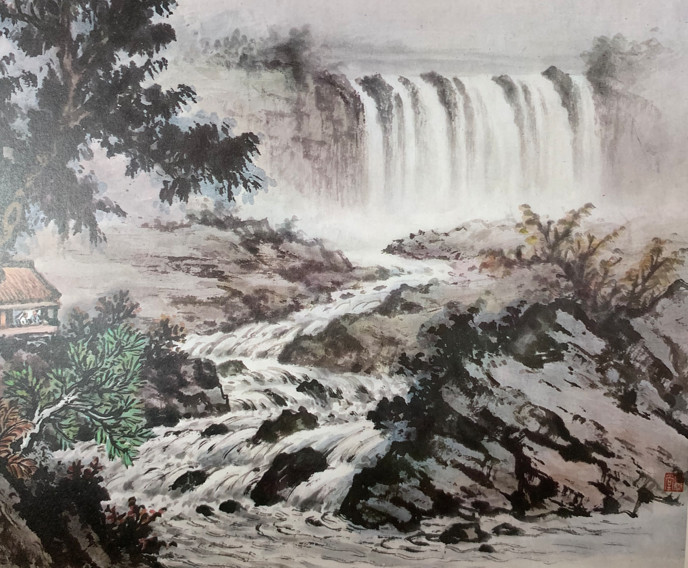
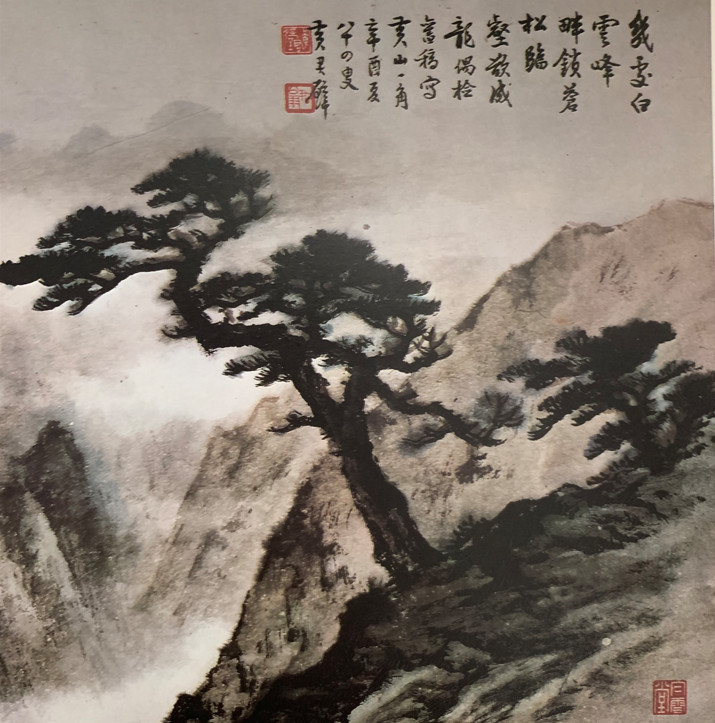
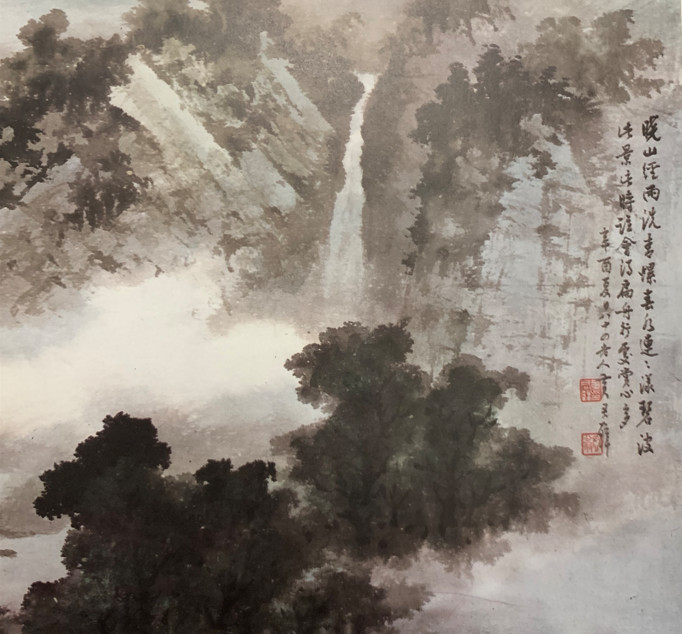
6. Awards and influence
- In 1955, he won the Chinese Literature and Art Award (Fine Arts) from the Ministry of Education of the Republic of China.
- In 1967, he was awarded the Master of Painting plaque. In 1968, he was awarded the Academic Medal of St. John's University.
- In 1984, he won the National Literature and Art Special Contribution Award of the Cultural Construction Association of the Republic of China.
- The “Huang Junbi Scholarship” was established in 2011.
7. Academic and educational philosophy
Huang Junbi pays attention to traditional exercises and natural practice, and advocates the “three masters of art practice”: the ancient method, the self-centered teacher, and the natural teacher. He emphasized that both realism and emotion should be equal-“it must not only have the charm of ancient methods, but also reflect the rationality of the proportion of light and shadow.”
Its teaching emphasizes basic techniques such as perspective, drawing, structure and light and shadow, laying the foundation for modern art education in Taiwan and having a profound impact on generations of students.
8. Evaluation and controversy
- It is known as one of the “Three crossing the sea”, juxtaposed with Zhang Daqian and Pu Xinyu.
- The West regards him as a representative of Chinese realistic ink painting, which is an excellent blend of tradition and modernity.
- Some people criticized its cloud-water realism for being too realistic and having a "photo sense”, but it is still considered to balance inheritance and innovation as a whole.
9. Inheritance
Huang Junbi died on October 29, 1991 at the age of 93. His works and collections have been widely donated to the National Museum of Fine Arts of Taiwan, the Palace Museum, the History Museum, etc., and are mostly enjoyed by researchers and painting fans.
Its aesthetic spirit and teaching philosophy have had a continuous influence in Taiwan, and its ”Baiyuntang" school continues to this day. Works and literature are important resources for art scholarship.
10. Summary: Yunshan and Mo Yun Symphony
Huang Junbi has devoted his life to the fusion of pen and ink form and objective realism, organically combining Lingnan painting “from ancient times to the present” with Western artistic concepts. He is both a traditional practitioner and a pioneer of modernity. In his life, it was the rushing of clouds and mountains, the symphony of light and shadow between the hills and ravines in the chest and the pen end, and the witness of Chinese painting's leap from tradition to modernity.
If you have a collection of Mr. Huang Junbi's authentic works, manuscripts, letters, sketches, etc., you are welcome to contact Dehuatang. We will provide professional identification, high-priced acquisition and proper preservation, so that the pen and ink spirit of this master of painting can last forever.
Portfolio



